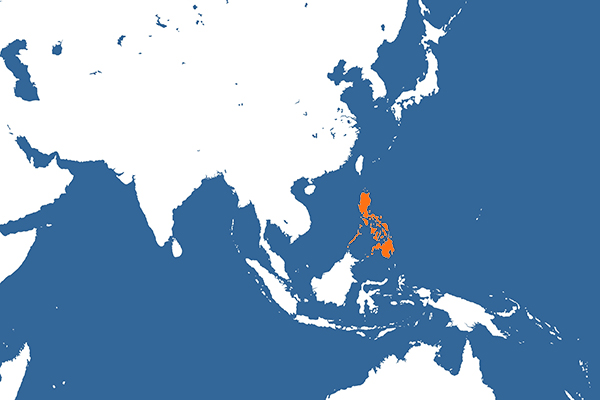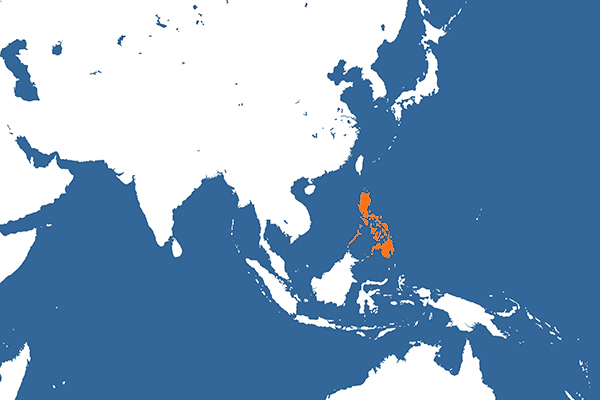About 100 new foreign companies plan outsourcing operations in PH

Date:
August 4, 2016
About 100 foreign companies are interested in investing in the Philippine outsourcing industry, whose growth is fueled by mid to high-end technology-driven services amid a significant improvement in employee retention hitting below 50 percent for the first time from a high of 70 percent.
Benedict Hernandez, president of Contact Center Association of the Philippines (CCAP), announced on Wednesday during a press conference for the 11TH International Contact Center Conference and Expo on September 27-28 at the Marriott Grand Ballroom.
Hernandez said this is the first time for CCAP, which is comprised of over 90 company members, to bring in foreign investors during this annual conference to see for themselves the contact center industry in the country.
“The main difference in this year’s conference is the assembly of 100 foreign investors, clients and prospects looking for opportunities. We focus on bringing over international delegates to see for themselves why the Philippines has become the best location for customer relations management,” Hernandez said.
Once these clients and investors experienced the real operating environment, Hernandez said, it would be easier to convince them to outsource in the country than doing power point presentations and boardroom discussions. With the theme “Contact Islands,” the conference and expo will also highlight the tourist attractions of the Philippine islands.
The prospective investors are a combination of clients, mostly multinational companies, and outsourcing firms themselves, which are still unfamiliar with the Philippine BPO operations. These investors are comprised of captive market or in-house back office and third party outsourcing operators.
“They are not yet here, these are new,” stressed Hernandez adding that once they hear the Philippine winning formula they will surely do business here.
Based on a study by consulting firm Frost and Sullivan, which is doing the country’s 6-year IT-BPM Roadmap 2022, only 16.6 percent or $166 billion of the $1 trillion total global sourceable works have been outsourced as there are still lots of companies that are still discovering the idea of outsourcing. The global IT-BPM industry is projected to grow a CAGR of around 6 percent between 2015 and 2022.
The Philippines, the world’s number one destination for voice services, got a portion of the outsourcing pie with $22 billion in exports revenues. The target under the 2012-2016 roadmap was for the IT-BPM industry to hit $25 billion this year, end of the roadmap, and 1.3 million indirect employment. The voice sector accounts for 70 percent of the Philippine IT-BPM industry.
The world’s biggest market is still the United States. It accounts for 70 percent outsourcing industry in the Philippines from what used to be 100 percent. Australia, which only discovered the Philippines five years ago, is now the country’s fastest growing outsourcing market for the Philippines accounting for 30 percent.
Some companies in Singapore and Hong Kong are already outsourcing in the Philippines. Malaysia is a small competitor, but is expensive and small in scale although it has been aggressively hiring Filipino contact center workers.
Benedict also noted that the industry has really moved up from mere data entry and directory assistance tasks to the mid-level (analytics and tech support) and high value added services (infrastructure technology).
The Roadmap 2022 Frost & Sullivan study predicts the low end voice or the low skilled tasks to shrink by 28 percent while the mid-skilled growing at 7 percent. Huge opportunities lies in the high skilled tasks for a robust 48 percent growth as there are more opportunities for more complicated tasks driven by digital technology.
Rommel Reginio, SPI Global Holdings, Inc. senior vice president of Customer Relationship Management-Asia Pacific, noted that in the late 1990s the voice piece of the business was very generic but it has now moved up the value chain and expanding into email, chat and social media and multi-channel capability to omni channel.
Likewise, the competence of the workforce has evolved from pure customer support and care to become more empowered function engaging in improving customer loyalty for clients. They are now involved in a lot of work on increasing and finding revenues for a particular type of company as they get more exposure on data analytics and infrastructure technology-embedded type of work.
Along with the improving capability of the Philippine outsourcing industry, there have been upskilling of industry workers. This improved skills could be one reason that for the first time, the attrition (people living the industry) rate has gone below the 50 percent average.
Hernandez noted that the industry had experienced a high of 70 percent attrition and down to 60 percent.
Source: http://goo.gl/zf3KSH















